In general, babies can start having puffs at around 8 to 9 months of age. This is when they typically start to develop the coordination needed to chew and swallow food properly. At this point, they can eat puffs as part of a meal. A baby puffs is a bite-sized morsel of the main meal itself cereal, pasta, chicken, or vegetables.
Puffed foods should always be served alongside other types of food. They’re not intended to replace breast milk or formula, nor should they be used as a way to calm down your baby before feeding time. Babies who eat nothing else but puffs risk becoming underweight and malnourished. Many online resources can give you baby’s diet tips on how to introduce new foods like puffs into your baby’s diet plans. This blog post will discuss when is the best time for children to start eating puffs.
In This Article
When can babies start having puffs?
However, babies eat puffs that are very convenient, parents should do according to the age of the baby to eat. Newborn babies often use a spoon to eat, even if it is only a few months old because their hands are not very clever, can not hold objects. So the baby puffs are easy to be crushed in the mouth cannot be eaten.
At about 7-8 months, babies can use both hands to grasp objects. Their hands are strong enough to hold puffs and they can sit up by themselves for a long time. The baby is able to chew soft foods, but not very hard food. In this period the baby’s teeth have not grown incisors or molars, which makes it difficult to chew hard food. Although some babies can chew hard food at this time, the main nutrients should be supplied by milk and soft foods. So puffs may not be a proper nutritional supplement for children.
At about 7 months old, the baby has grown teeth and has good enough ability to bite and chew food. At this time, parents can give their children some finger foods to eat. But not too much, because the baby’s stomach is still small and can not digest a lot of food. Sometimes puffs baby food fill all their needs but should only be a small amount.
Parents can give their children different flavors of puffs, and the baby will gradually get used to it. Puffs are not recommended as the main food for babies, but they are a good way to supplement the diet. It is best to choose those that have been boiled and then dried in the sun. Similarly baby eat cheerios and other commercial cereals when baby-led weaning or supplementing the mother’s milk to eat.
What age of baby starts Gerber puffs?
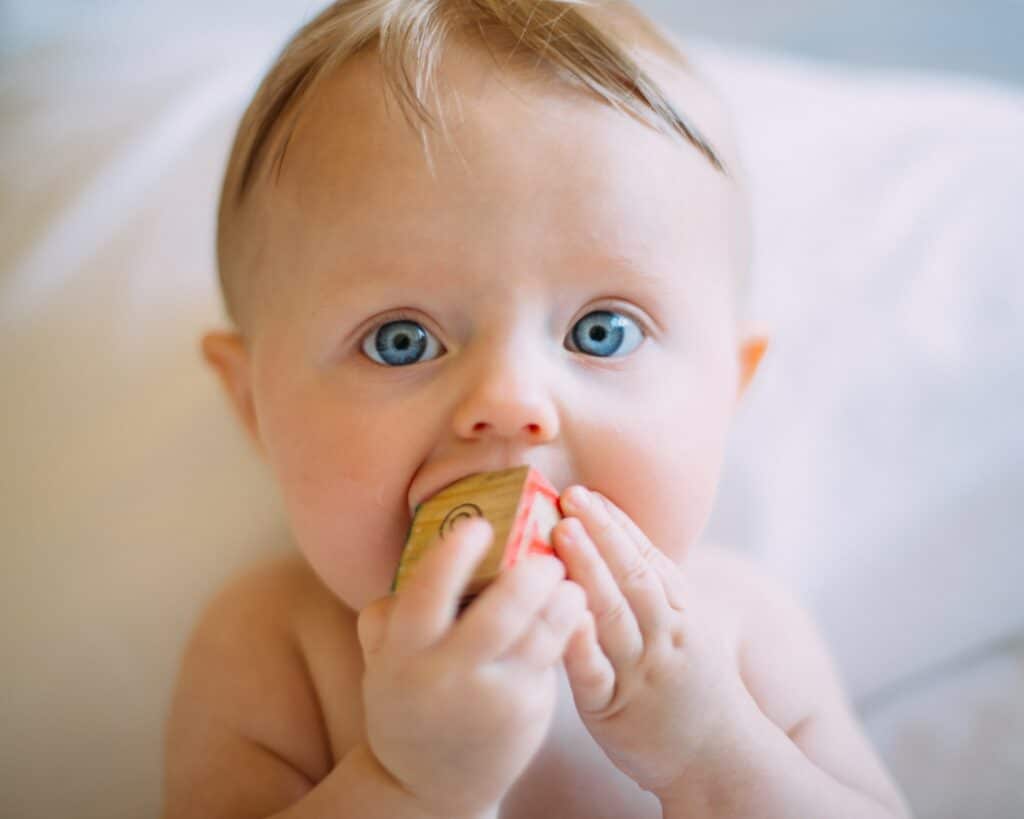
Gerber puffs are a type of baby food that is made for infants who are starting to eat solid foods. The age at which a baby can start eating solid foods vary, but most babies can start eating solids when they are around 8 months old. The baby finger food puffs can help the baby learn to chew and can be a good way to start introducing new flavors.
Gerber puffs come in several different flavors, such as mixed fruit and apples. These baby food puffs are made without preservatives or artificial flavors. They contain a cereal that is a mixture of whole grains and fruit. You can also find snacks that have been fortified with vitamins A and C. Babies eat puffs when they are 6 but sometimes they take 8 months of age to start taking solid foods as well.
Therefore, as a parent, you should be aware that baby puffs are a good way to help your child learn to eat food. The Gerber Puffs can be a great product that you have been looking for in your baby. For you child fine motor skills, Gerber puffs are a good choice.
Sometimes giving a sweet potato, mashed carrots, or sweet fruits like bananas may be all that you need to get your child eating solid foods. According to a study, the very first finger food for your baby is the best way to start. When you are introducing Gerber Puffs to your child, it is important that you keep an eye on them and their reactions. If they are not interested in eating the puffs, you can try again later as well.
Did puffs are unhealthy for your baby?
Puffs are unhealthy for 7 months old babies because they are high in saturated fat, sodium, sugar, and preservatives. Puffs are okay to give to babies aged 1 year or older, as long as you keep them in baby-safe containers and do not offer more than 4 puffs at a time. This is because the contents of puffs include wheat flour (i.e., gluten), sugar, salt, potassium bicarbonate; they also contain artificial colors but no artificial flavors.
Now if these ingredients sound like they would make for unhealthy eating habits for adults it might be time to consider using other snacks. But for 1-year olds, these are all relatively safe ingredients.
The American Academy of Pediatrics, as well as other pediatricians, also recommends that babies do not have any type of processed cereals until they are at least 12 months old. This is because cereal can cause a baby to fill up on empty calories and might not get the nutrition he or she needs from solid foods.
At this age, babies are starting to develop their taste preferences and learn about new foods. Puffs can be a good way to introduce them to wheat flour and gluten since these ingredients are found in many other foods. The American Dietetic Association also recommends puffs as a healthy snack for toddlers, as they are a good source of carbohydrates, B vitamins, and minerals like iron and zinc, as well.
Tips you should know
Here are some helpful guidelines for parents to give baby puffs while caring for babies.
- Feed the baby before giving her the puff.
- Push the nipple far into the mouth so that it touches the back of the baby’s throat. The puff should also be pushed toward the back of her or his mouth with your finger.
- Avoid finger foods that contain sugar, salt, and seeds when your baby is less than 3 months old.
- Give one puff at a time, waiting 2 or 3 minutes before offering another one so you can gauge how much the baby has eaten.
- If the baby spits out the puff, wait a few minutes and try again. If she still spits it out, don’t force her to eat it.
- Throw away any unused puffs after an hour.
- Talk to your pediatrician if you have any concerns about whether your baby is ready to start eating puffs.
- Keep in mind that babies should not eat puffs or any other solid foods before they are 6-7 months of age-old.
- Always consult with your pediatrician before introducing any new foods to your baby.
The conclusion
Therefore, baby puffs are a great snack for babies. They’re easy to digest, they can be mixed with breast milk or formula so your baby gets more nutrients and they taste better than other snacks on the market. But when is it safe for babies to have puffs? It’s best not to give them any before 6 months of age because their immune system isn’t fully developed yet. After that point, however, you should only let your child eat one puff per day. Also don’t feed them anything else while eating the puff cereal just in case there’s something wrong with it like mold or bacteria. We hope this post has given you some answers to your questions. If it hasn’t, please let us know in the comments below and we will get back to you as soon as possible.

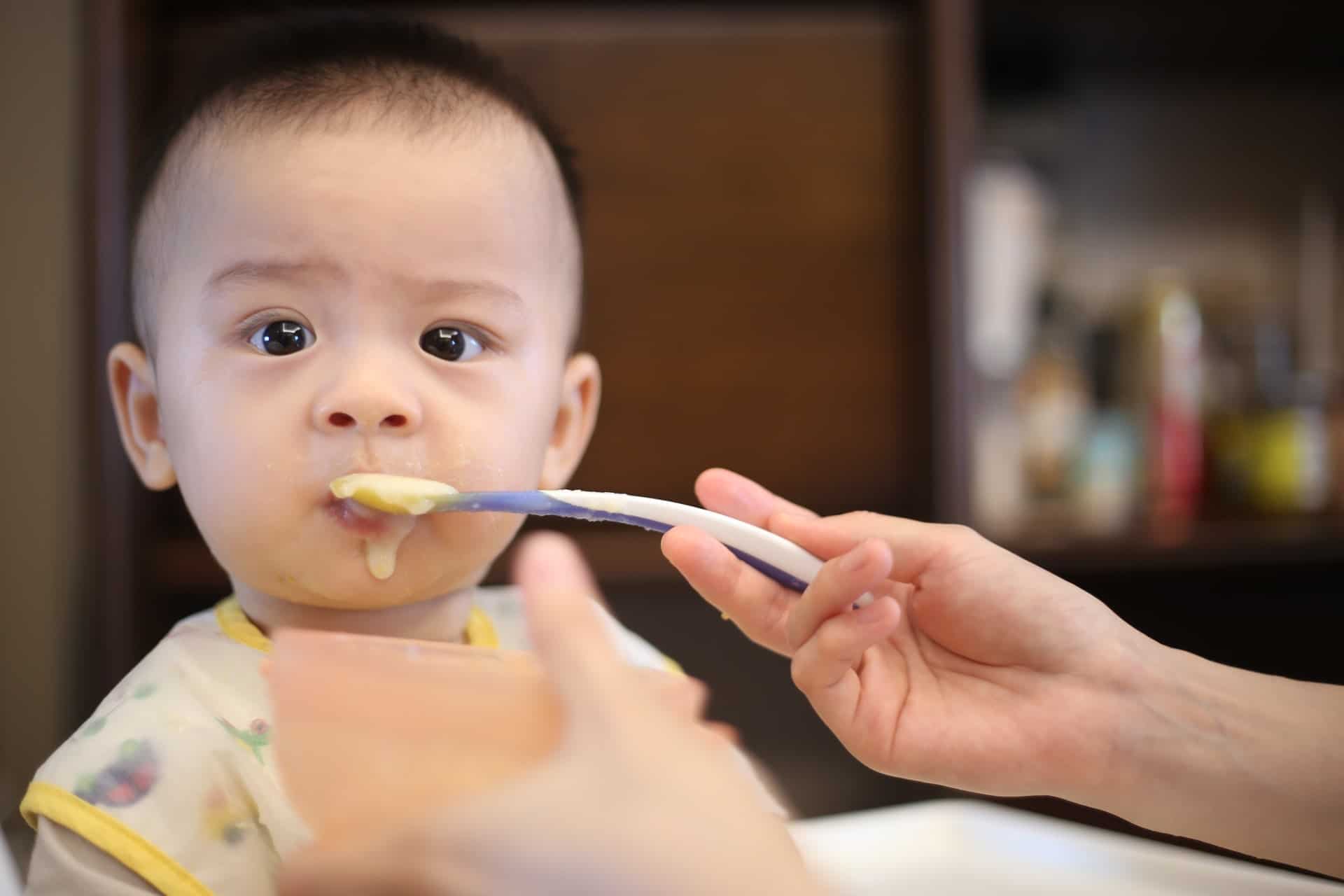
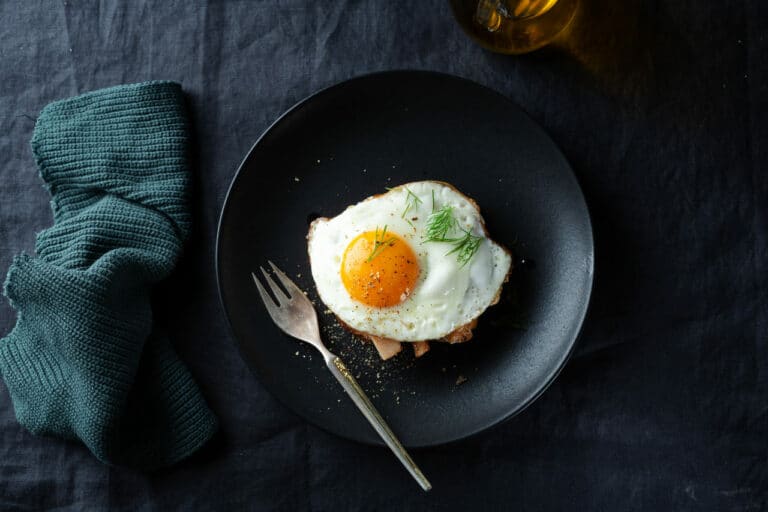
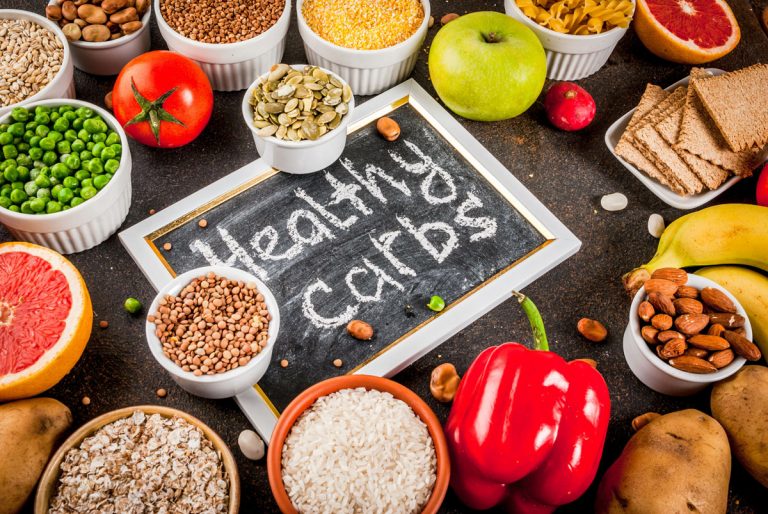
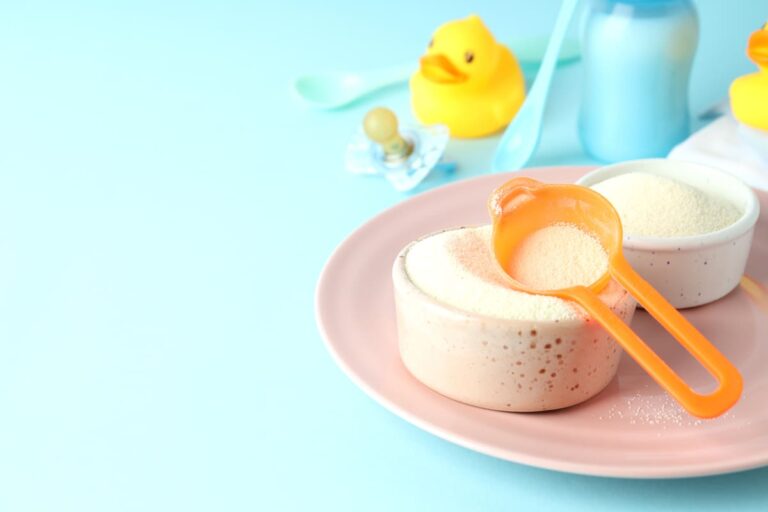





![Home Renovation Guide [2025]](/app/uploads/2021/04/design-hacks-1-378x300.jpg)
